In the world there exists over 75 different art styles—just limited to paintings. The nature of this list will cater to paintings from five underrated art styles that deserve more attention-whether it be to its history or aesthetic to uncover what exactly the artists of these styles and time were trying convey within a single frame.
Naïve Art (1885-Present)
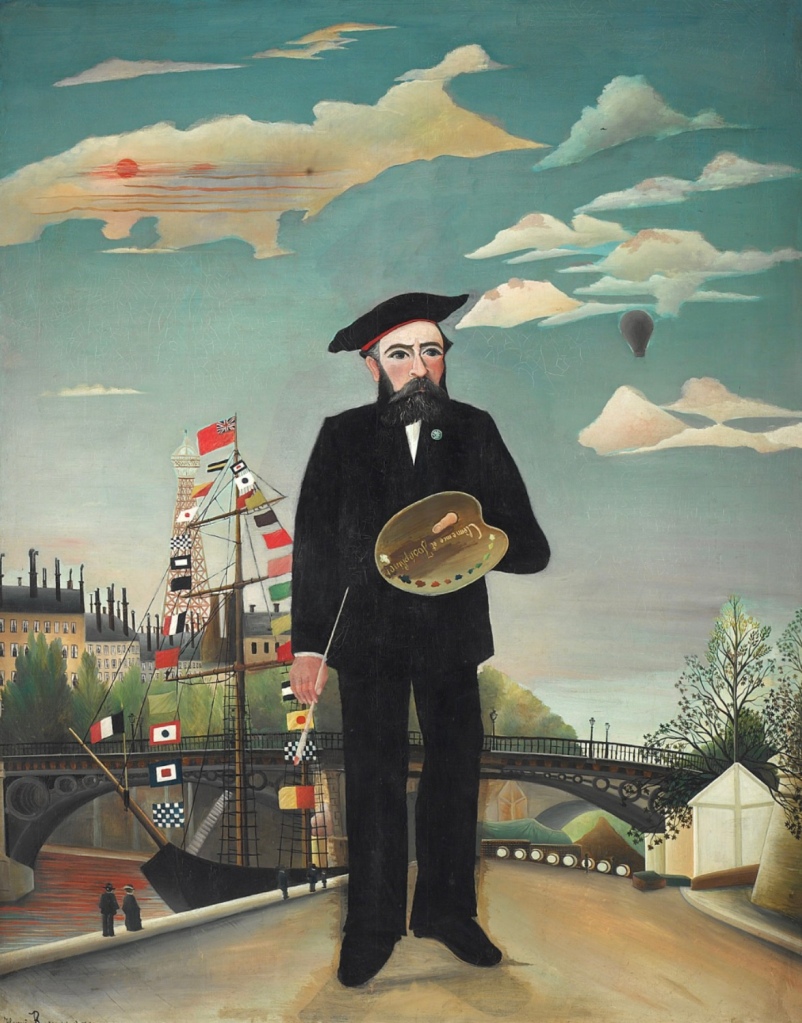
This art style is created by artists without formal education or prior experience. Naive art is often traced back to 1885, when Henri Rousseau was recognized as an artist and held his first exhibition. Other prominent artists include Henri Rousseau, Grandma Moses, Alfred Wallis, Niko Pirosmani and Maria Prymachenko. Signifers of this style often include distorted perspectives, disproportionate objects, childlike styles, and bold, contrasting colors without gradual transitions. Naive art brings a whimsical quality to its aesthetic and defeats the imposter syndrome many of us face when debuting something we are proud of.
Pre-Raphaelite (1848-1860)
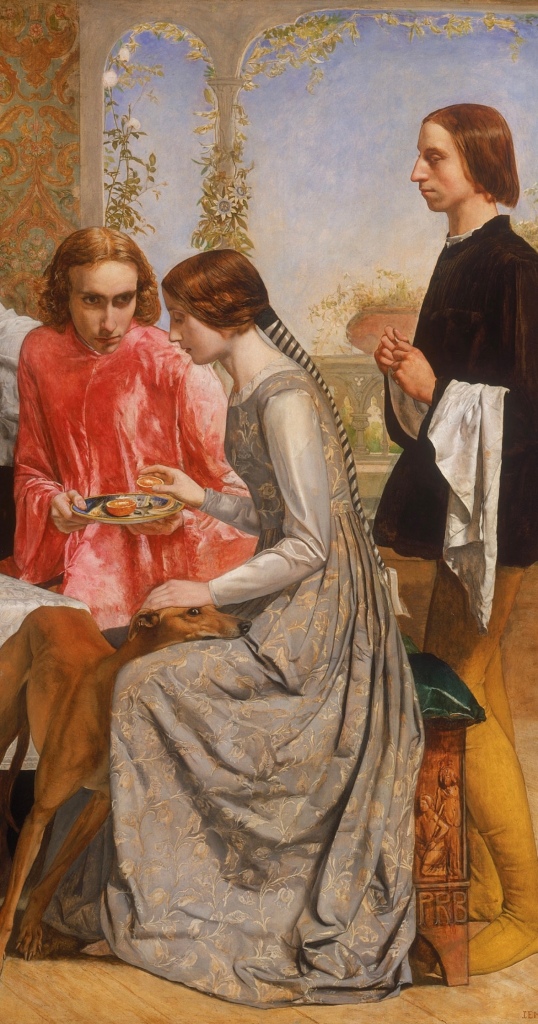
Launched as a movement in 1848, a group of young artists in found themselves unwilling to conform to the restrictive rules of the London Royal Academy of Art. Together, they founded the Pre-Raphaelite Brotherhood to promote a more realistic, vivid, and emotionally-expressive approach to art. Prominent artists include John Everett Millais, D. G. Rossetti, W. H. Hunt.
Pre-Raphaelite art, as suggested by the title, was influenced by early Renaissance art and had storylines centered around religious or moral themes, vivid colors, hidden symbols, and an intense focus on detail and nature. Their rebellion is inspirational in that they rebelled against the institution to go back in time and feel something. It’s art that wears their heart on their sleeve.
Harlem Renaissance (1920-Present)

A social, cultural, and artistic movement dubbed the Harlem Renaissance originated in Harlem, New York City, in the 1920s. It included a wide range of artistic disciplines, such as theater, music, visual arts, and literature. The Harlem Renaissance was characterized by an abundance of styles and influences in the visual arts. Artists often combined modernist techniques with elements of African art to represent issues linked to African American identity, heritage, and experiences.
In order to convey their distinct viewpoints and experiences, Harlem Renaissance painters experimented with abstraction, geometric shapes, and vivid colors while staying true to their African American cultural heritage.
Portraits of well-known African American individuals, depictions of daily life in Harlem, and the use of symbolism and allegory to explore intricate themes of racial identity, oppression, and social justice—often incorporating symbols from African and African American folklore and mythology—are some common elements of visual art produced during the Harlem Renaissance.
Prominent artists associated with the Harlem Renaissance include Aaron Douglas, Romare Bearden, Jacob Lawrence, and Augusta Savage, among others. Their works continue to be celebrated for their contributions to African American art and culture. In a time where Blackness was racistly popularized within one lens-white Hollywood cinema, this art style served as a reclaimation of the Black expression with a bold and unapologetic approach.
Art Noveau (1880-1914)
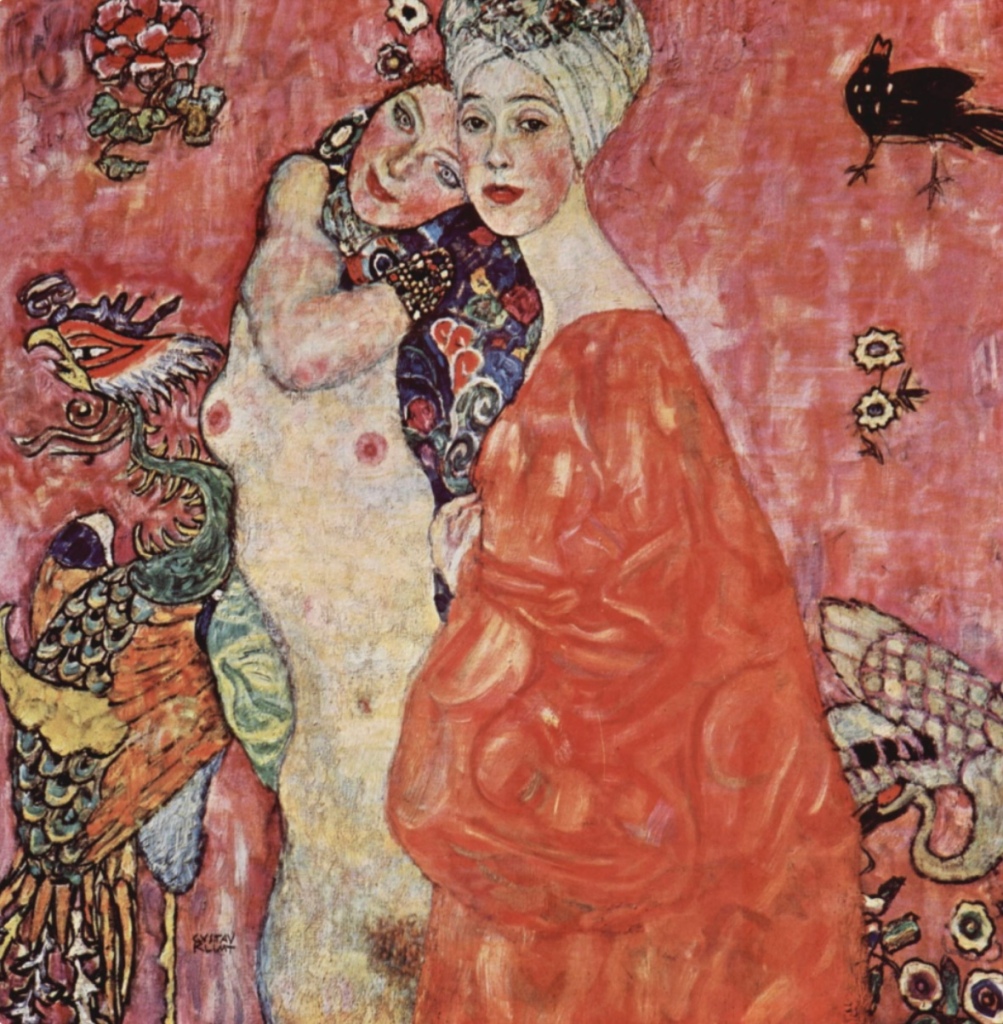
French for “new art,” this style has been known by many different names in Europe throughout the years before coming to the United States as the “Tiffany style.” Natural elements served as major inspiration for Art Nouveau, which frequently incorporated them into elaborate compositions.
As a reaction to the Industrial Revolution, this style emerged in the 1880s and peaked in 1914. William Morris is credited with developing the concepts of Art Nouveau, although other notable artists include Walter Crane, Gustav Klimt, Alphonse Mucha, Hector Guimard, and Aubrey Beardsley.
Botanical and zoological themes were understood by the painters of this movement as emblems of freedom from earlier art traditions and regulations. Through the use of avant-garde materials and techniques, Art Nouveau painters fashioned a new kind of femininity in their creations. I’ve found this to be a standout art style due to the natural portrayals of women, without the lens of pleasing a man. Just girls being girls, and that is beautiful in itself.
American Realism (1890-1910)
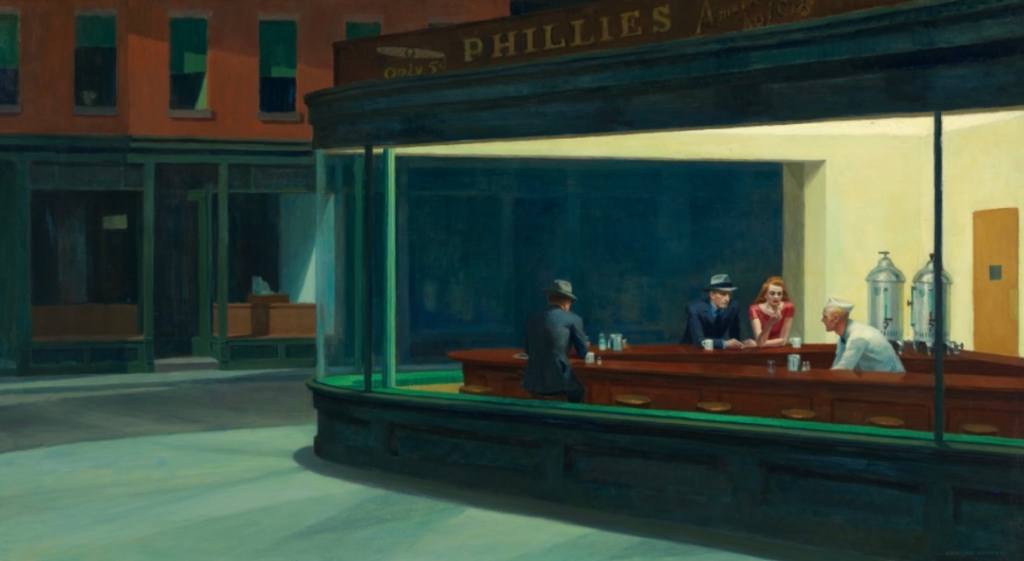
The US saw a boom in American Realism painting between the 1890s and 1910s. Edward Hopper, Thomas Eakins, Grant Wood, John Sloan, George Bellows, and George Luks are notable practitioners of this style. Its main subjects included American cityscapes and landscapes, the dynamics of expanding cities, and daily life in metropolitan areas. American Realism art also sought to portray the loneliness, disconnection, and anxiety that people experienced in this newly industrialized environment.
While this may be the most recognizable art style of this post, I find it compelling in that nearly a century later, we still haven’t been able to shake the feeling of industrialism, but rather it’s been enhanced with the age of AI and development of tech. This art style raises the question: is anxiety and depression the new normal?
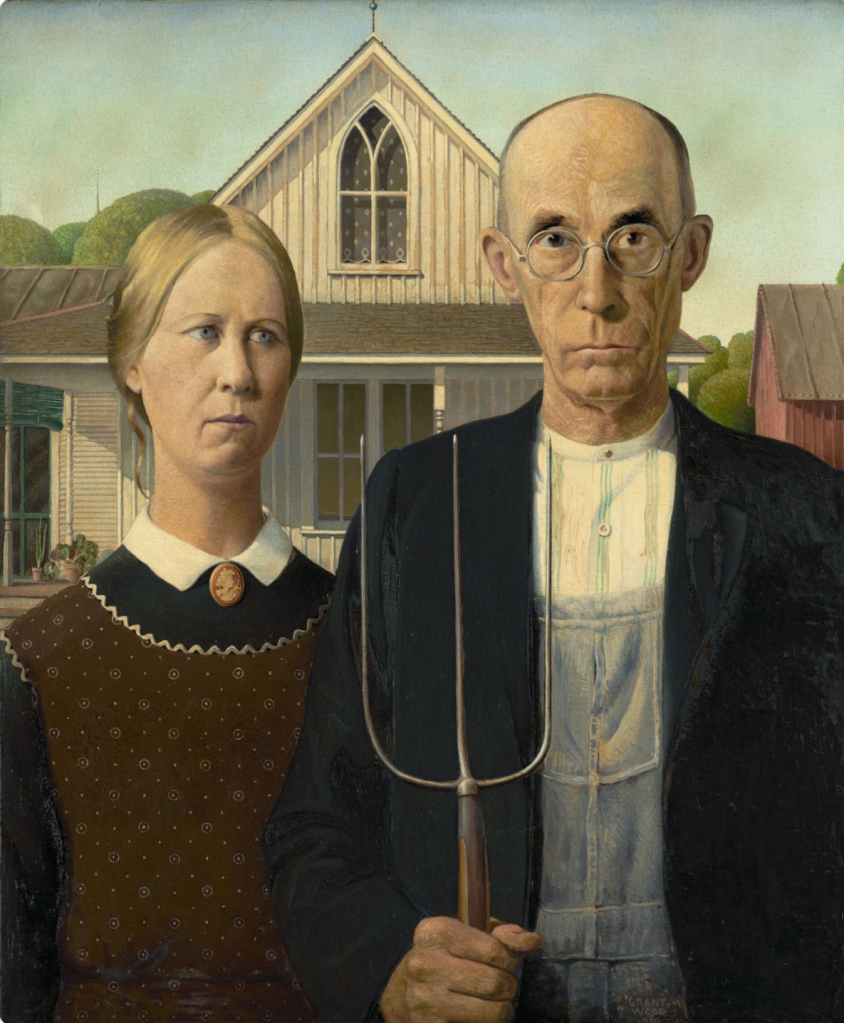
That concludes the list of Art styles that need more attention. What are some of your favorite underrated styles?
Leave a comment